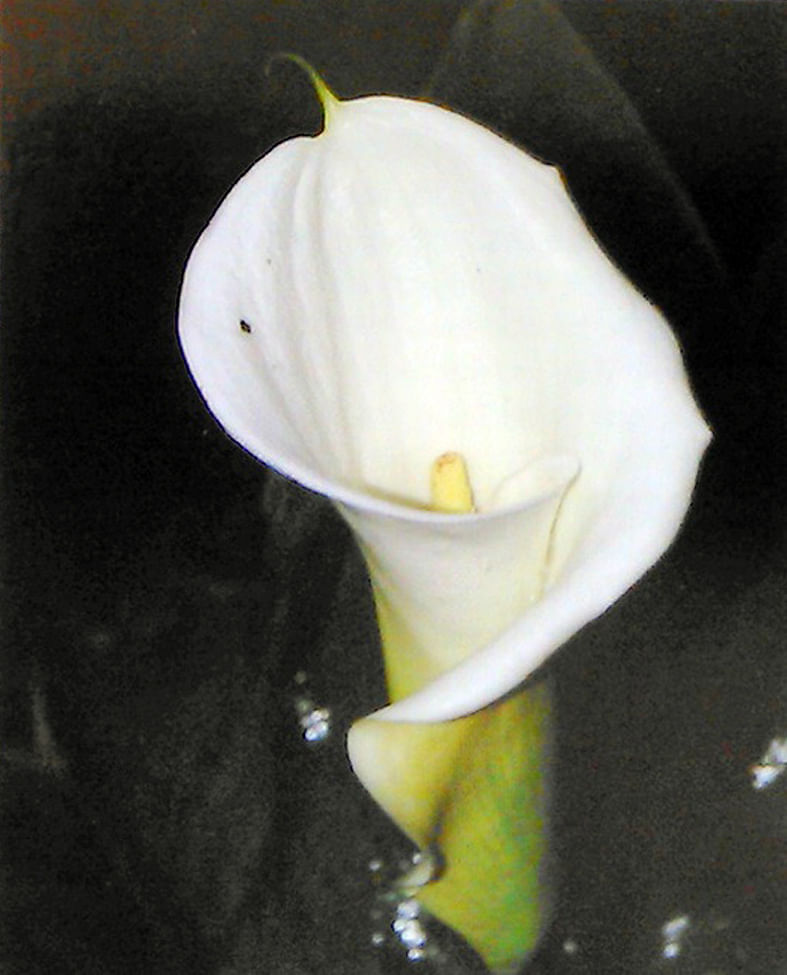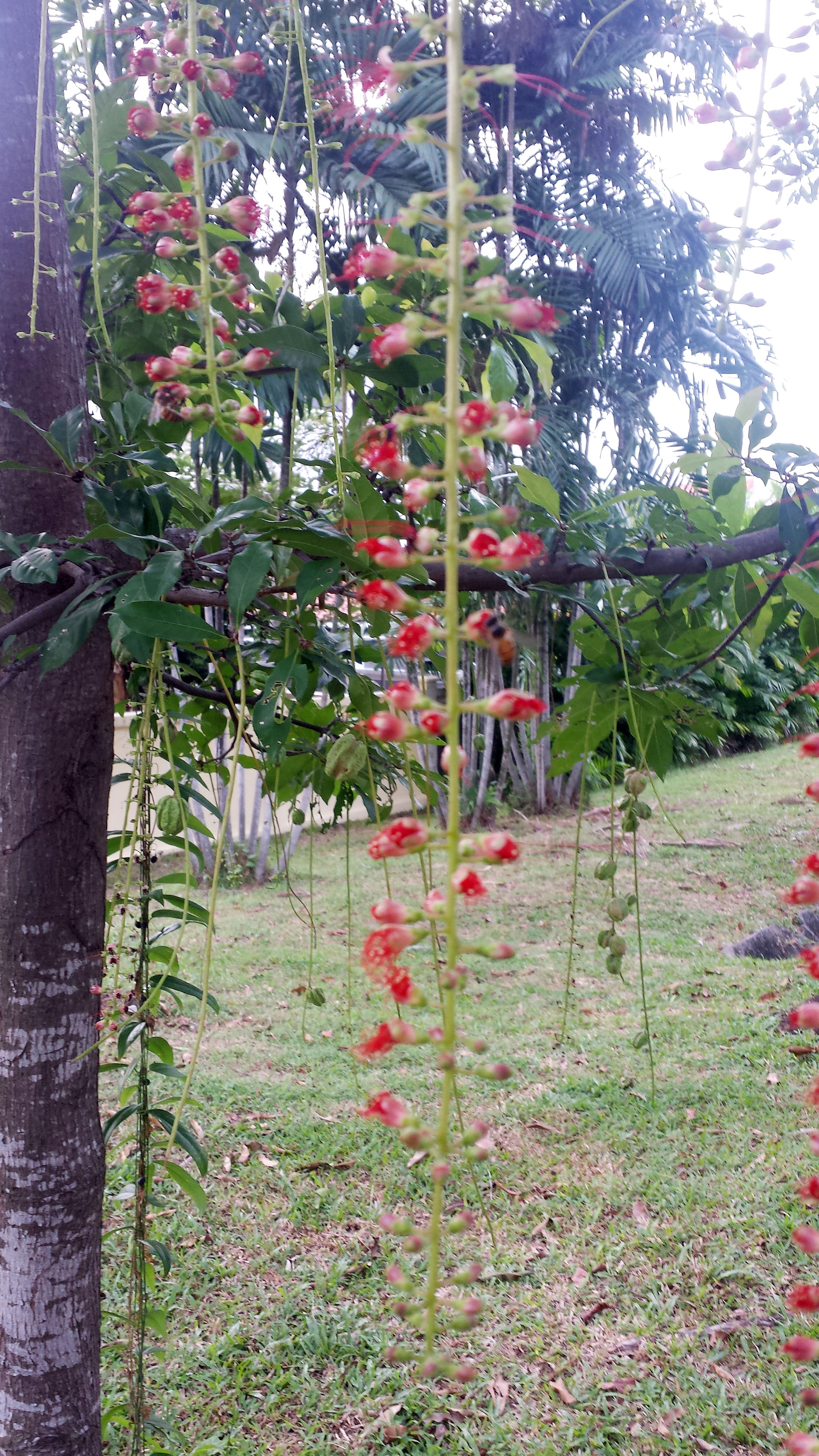Indoor plants still need sunlight to grow
I keep my plant indoors, where it gets minimal, indirect light. The plant normally lasts six months and I have grown different varieties, but their fate is mostly similar. What can I do to make my plant live longer?
William Swee
It is vital to know that all indoor plants still need sunlight to grow well. Most are shade-tolerant and continue to look good when displayed in areas that are dimly lit. Depending on the plant type, some decline faster than others, while others grow slowly or stop growing, due to the lack of sunlight to photosynthesise.

Hence, no plant will thrive indoors under deep shade unless supplemental light is given. The lack of light will cause pest and disease problems.
You can install grow-lights, artificial light sources which need to be turned on for 12 to 14 hours, depending on the product and distance from the plant, to sustain plant growth in very dim areas.
Alternatively, you can move it to a bright area, such as a balcony or patio, where it can get its preferred light intensity for growth. This will also let the plant recuperate for several weeks.
Try not to put a plant indoors without exposure to sunlight for more than two weeks. Plant displays in indoor areas such as shopping centres often involve rotation or the complete replacement of plants to ensure they look good at all times.

Calla lilies need cooler temperatures
Over the years, I have grown many flora species such as asters, carnations and gerberas from seeds and seen them bloom. I have tried to grow calla lilies thrice, but they failed to survive a few months after I bought them from a nursery. How do I grow them? I have also stopped seeing them at my usual nursery. Where can I find them?
Raymond Tan
The failure to grow the calla lily (Zantedeschia aethiopica cultivars) under ambient local conditions is due to its preference for a cooler growing environment.
We normally see this plant being grown as a crop in the highlands in tropical regions or in countries with a temperate climate. Ideal commercial production temperatures usually range between 13 and 16 deg C and should not exceed 21 deg C.
Unless its environment is cooled and it is given sufficient light, the calla lily is difficult to grow in the long term under local ambient conditions.
You can order the plant from large retail nurseries such as Candy Floriculture in Thomson Road during the year-end festive season.

Tip: Growing Tiger fern
Most of us are familiar with the Boston Fern (Nephrolepis exaltata), a common houseplant or bedding plant in outdoor landscapes.
In recent years, a beautiful variegated version of this fern has appeared in the local nursery scene.
The cultivar, called "Tiger", features bright green fronds striped with gold and green. When grown well, a hanging basket full of long arching fronds of the plant will look spectacular.
Grow this fern like the common Boston Fern.
It prefers a location with filtered sunlight for half a day.
Good air circulation is essential and it should be grown in a windy location.
Its leaves should be left wet for prolonged periods and the fern's root system should be kept moist at all times.

Indian Putat tree grows in wet areas
There are many such trees along Lorong Chuan, all bearing fruit, but this one has flowers too. What is the name of this tree?
Marie Goh-Sng
From the picture, it appears to be the Indian Putat. Its botanical name is Barringtonia acutangula and it belongs to the Lecythidaceae family. It is a tree that grows in wet areas, such as along river banks and in swamps or freshwater mangroves. Its bark, leaves and roots have medicinal properties.

Rukam Masam's fruit is edible, but sour
I have seen these trees with red fruit in Ang Mo Kio Avenue 2. Is the fruit edible?
Lai Fook Onn
This tree is commonly known as Rukam Masam, Lobi-lobi, Plum of Martinique, Thornless Rukam or Lobeh-lobeh. Its botanical name is Flacourtia inermis and it is commonly planted in outdoor landscapes.
It is appreciated for its highly ornamental value and red new leaves and has ecological value in our urban landscape, where its leaves are food for caterpillars of the Leopard butterfly (Phalanta phalantha phalantha).
Its fruit is edible, but very sour and astringent even when fully ripe. It is more commonly used in jams and desserts in which a lot of sugar is added to make the fruit more palatable.
• Answers by Dr Wilson Wong, a certified practising horticulturist and founder of Green Culture Singapore (www.greenculturesg.com). He is also an NParks-certified park manager.
• Have a gardening query? E-mail it with clear, high-resolution pictures, if any, and your full name to stlife@sph.com.sg
